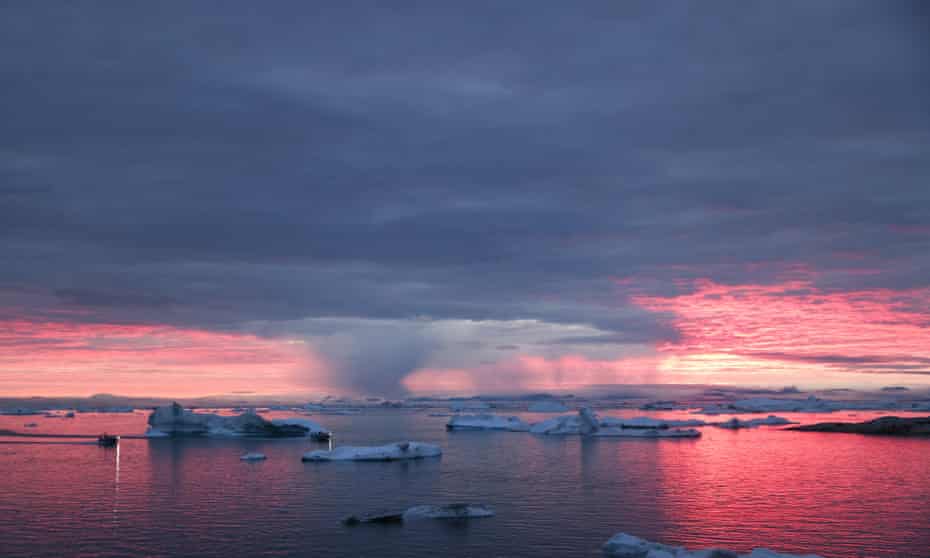Nfld. & Labrador·Updated
Come By Chance refinery sold, will become biofuel operation by mid-2022
U.S. private equity firm Cresta bought a controlling stake in
the plant

The refinery in Come By Chance, N.L., has been sold to a U.S.-based private equity firm.
Cresta Fund Management has bought a controlling stake of the idled refinery, and plans to convert the plant to make aviation fuel and diesel from used cooking oil, corn oil and animal fat.
The firm has also renamed the plant, which will operate as Braya Renewable Fuels.
"The refinery is an important asset for Newfoundland and Labrador, for the jobs it supplies directly and indirectly to the local communities, to the region, and indeed to the entire province," said Premier Andrew Furey at a media briefing Tuesday.
Among its commitments to the refinery, Cresta will be required to maintain employment equal to a minimum of 200 full-time positions, which is fewer than the 335 workers represented by United Steelworkers Local 9316.
In mid-June, oil refinery workers voted 96 per cent in favour of a new collective agreement between the union and previous ownership group Silverpeak.
Silverpeak will stay on board with a minority interest in the refinery, and will continue to direct marketing.
Refinery will be profitable on Day 1: Cresta
In July, North Atlantic Refining Limited Partnership and Cresta reached an agreement-in-principle for the sale.
Cresta says initial production capacity will be 14,000 barrels per day, and hopes to have the operation running by mid-2022.
In a media release, Cresta said the company will have the ability to grow and adapt by modifying the refinery to expand the total capacity to 35,000 barrels per day, and expand "feedstock flexibility."
Kaushik Amin, a parter at Silverpeak, said $400 million has been invested in the first phase of the project, with the potential for millions more in future phases.
The fuel produced at the refinery will be exported out of province, meaning fuel will still need to be imported to the island of Newfoundland. There are no immediate plans to eliminate the extra five cents per litre the Public Utilities Board charges to cover importation expenses, said officials.
Jim Stump, a representative of Cresta who will be responsible for the implementation of the project, said renewable diesel is expensive to produce, but is profitable because of a "potpourri of incentives" in places like California.
"We'll make money the day we start up," he said.
Amin said construction has already started and the company plans to begin operations in August.
Province puts cap on environmental indemnity
Taxpayers in the province took on some of a refinery's pre-existing environmental liabilities seven years ago, when new owners bought the operation. With another sale pending, the province is again being asked to play a role, albeit a smaller one.
The province was previously on the hook for anywhere from $34 million to $269 million in possible environmental cleanup costs during the 10-year period from 2014 to 2024.
Under the new agreement, the province is extending the environmental indemnity until 2031, but is only on the hook for contamination that occurred before Cresta acquired the refinery and introduces a cap of $180 million.
Any cleanup that the province will have to pay for will likely be revealed in the new environmental site assessment due within the next 18 months.
The environmental indemnity dictates that the province will have to pay up to $150 million for cleanup of any contamination that occurred up to November 2014, and up to $30 million for any contamination that happened from December 2014 to October 2021.
"Taxpayers should be happy that now we have a cap on this," said Energy Minister Andrew Parsons on Tuesday.
Environmental unknowns
Amin said the refinery will be one of the largest biofuel operations of its kind in the world.
The refinery will make renewable diesel, a type of fuel that is molecularly identical to diesel, but made from feed stocks rather than crude oil.
Stump said the refinery will produce significantly less emissions, though he did not specify the environmental impact of the refinery. He said the refinery will be more environmentally friendly after it is converted because it will have less equipment and feedstocks do not emit nitrogen and sulphur products.
While renewable diesel comes from renewable sources, it still releases carbon emissions, just like regular diesel.
There are other environmental concerns that come with the refinery; some of its petroleum tank inspections are not up to date, or their status is "unknown" to the province.
Amin said the company is in the process of remediating the tanks, and Stump said any tanks that haven't been inspected will be before operations begin in August.
In 2014, Silverpeak promised to "immediately" repair Tank 106, which has a partially collapsed roof, with sludge on the inside. Stump and Amin did not say what the plan is for that tank.
"It's an ongoing process," Amin said.
Amin also did not commit to publicly releasing the environmental assessment due within 18 months of purchase by Cresta.
"We're a private company so we have to make sure that everyone respects the private nature of the company," he said.
A previous assessment, due 18 months after Silverpeak purchased the refinery in 2014, was never completed.





















